

Limited Dynamic Range
|
|
The Limited Dynamic
Range problem shows up in many ways, one of the most common being a
shot which turns out as a dark subject against a bright background.
Here's what the photographer saw ... 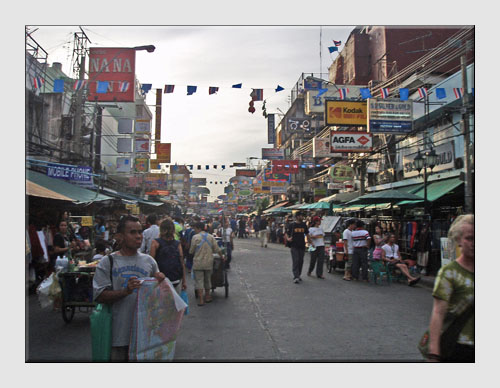 Here's what the camera recorded ... 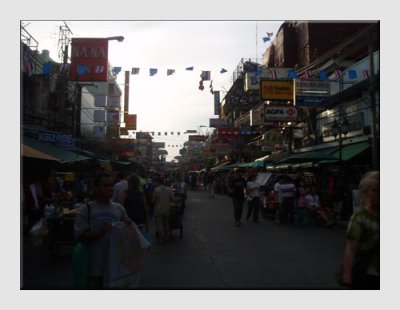 Unless you are proficient in the use of fill-in flash, graduated filters, image editor masking or HDR processing, (and have the time to use them) you are often left with a disappointing result. |
The article I read starts -
"The OM-D features Highlight and Shadow Control which allows you to adjust the brightness of bright areas and dark areas independent of each other, giving you full control of the contrast.
So when should you use Highlight and Shadow Control?
When you come across a scene where the shaded areas are too dark to recognize detail and the bright areas are too bright to see detail, you can make the shaded areas brighter while reducing the brightness of the bright areas to bring out more of the picture."
If you use Facebook, you can read the full article here.
Here are a couple of examples of what this
feature can achieve.
The first example shows how the exposure of highlights (which might otherwise be blown out) has been reduced, whilst the exposure of the dark areas has been increased to reveal more detail.
|
In case you have
not come across it before, lost detail shows up as "blinkies" on the
camera screen as in this example ...
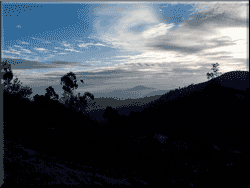 ... and shows up as
pure white and black in a print or on a computer screen.
|
Here's a normally exposed shot showing the lost detail, especially the forehead and eyes of the boy ...

The Highlight and Shadow
Controlled shot reveals that detail ...

The second example is a
little different in that the overall scene is lacking in contrast so we
can increase the amount of exposure in the light areas and decrease it
in the dark areas to give more contrast.
A normally exposed shot which looks a bit dull ...
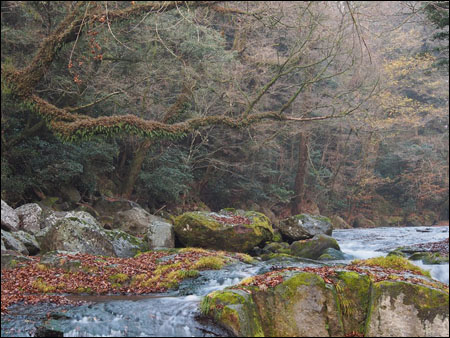
A normally exposed shot which looks a bit dull ...

The Highlight and Shadow
Controlled shot which has far more impact ...
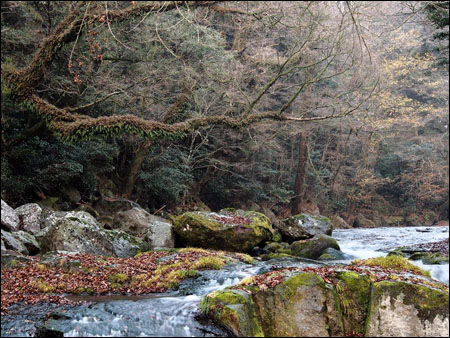
The amount by which these
adjustments are made can be varied independently, allowing full control
for the photographer to achieve the desired result.
It seems the Olympus OM-D Highlight and Shadow Control feature offers a significant step towards better photographs and a quicker and simpler alternative to image editing, HDR techniques or the need for graduated filters.
If you already have a camera with this feature, especially if you have both the "normal" and "controlled" versions of the shot, then please post them and tell us about them on Facebook or contact me.
It seems the Olympus OM-D Highlight and Shadow Control feature offers a significant step towards better photographs and a quicker and simpler alternative to image editing, HDR techniques or the need for graduated filters.
If you already have a camera with this feature, especially if you have both the "normal" and "controlled" versions of the shot, then please post them and tell us about them on Facebook or contact me.
 |
| Image of the Month |
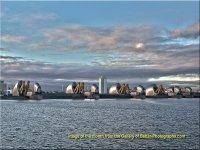 |
| Click here to download it. |
| Find It |

Custom Search
|
| All of the advice, tutorials, masterclasses and ideas on this website are available to you at no charge. Even so, its upkeep does incur costs. |
|
| If you feel that
the site has helped you then any contribution you make, however small,
would go towards its ongoing maintenance and development. Thanks for your help. |
| Book of the Month |
 |
| Click here to read the review. |
|
|

New! Comments
Have your say about what you just read! Leave me a comment in the box below.